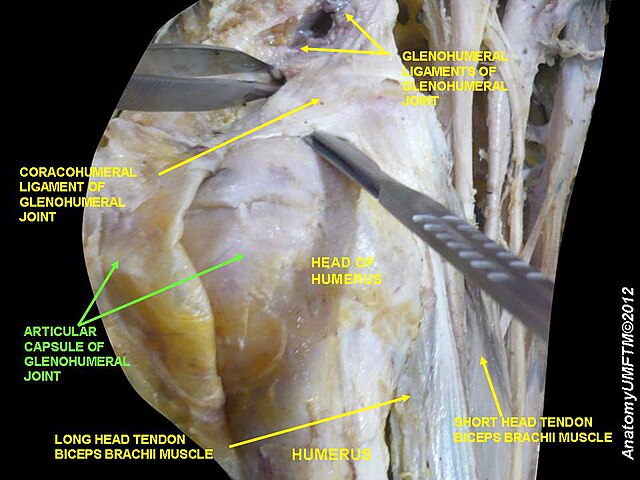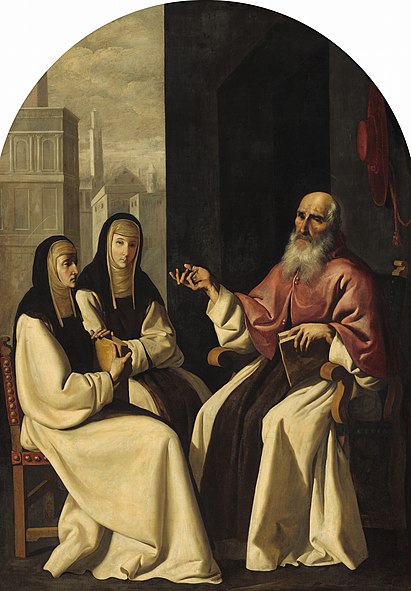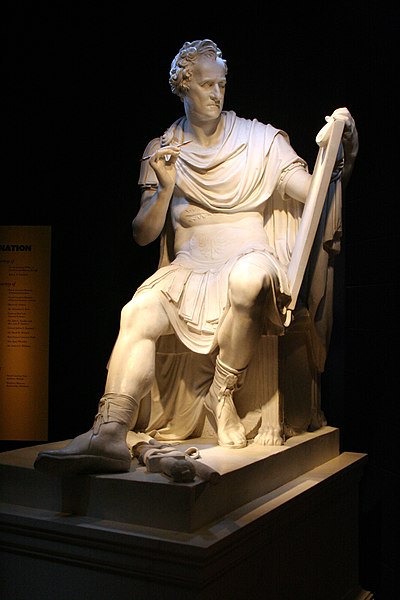We just learned about the Slow Earthquake.
Sometimes earthquakes happen underwater, deep down at the bottom of the ocean floor.
When this happens, it is called a Submarine Earthquake.
The tectonic plates that cover the earth are also at the bottom of the ocean.
When they move and bump into each other, it causes a submarine earthquake.
This causes big waves to happen in the ocean, and can sometimes turn into a gigantic wave called a tsunami, which can cause flooding on cities that are right on the ocean.
Some of the places where these tectonic plates hit are in the very deep parts of the ocean, called "trenches".

(from: wikipedia - submarine earthquake)
Kid Facts - Blast from the past: Smelting









